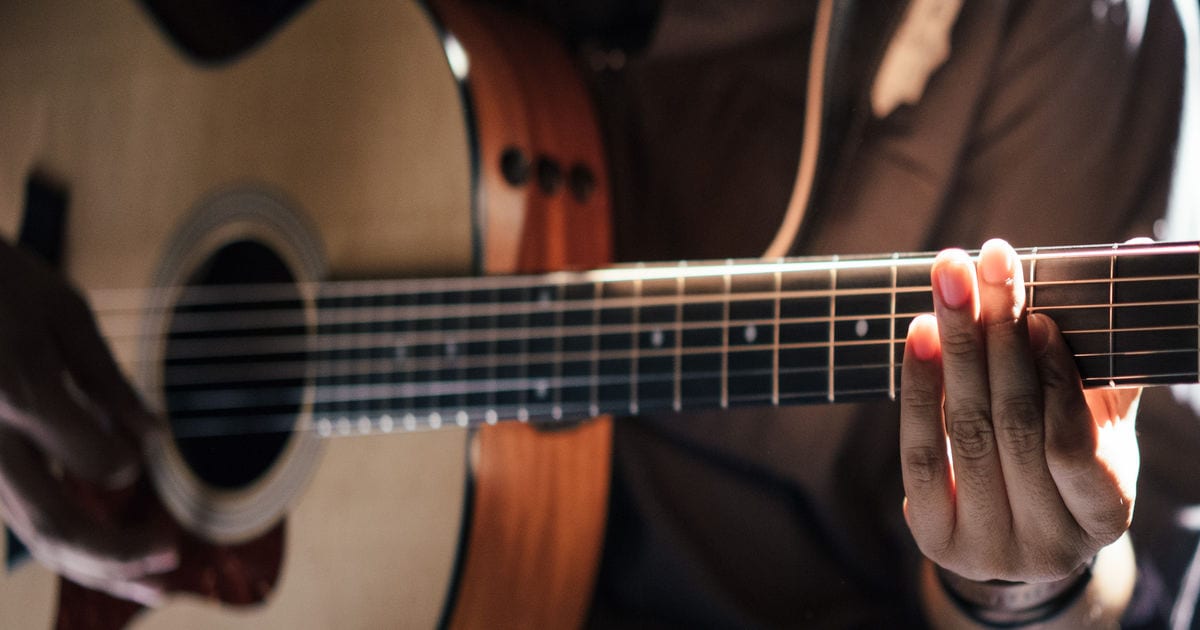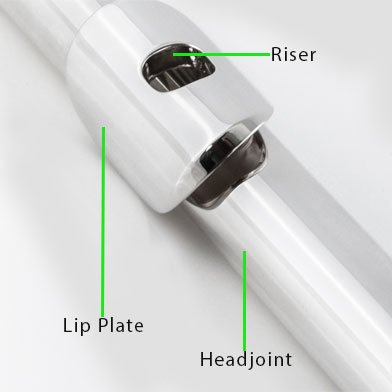If you are unsure which keyboard or digital piano is most suitable for your needs this is a simple guide to help and explain the differences between the keyboards and digital pianos that we hire.
It is perfectly acceptable to start piano lessons on a keyboard. It is far better to have something to practice on between lessons than nothing. As time goes on you can look at how progress is going and whether you should up-grade. A decent keyboard will be acceptable to learn on for quite a while and the only stumbling block you will come across if not on a full-size keyboard will be some of the requirements in the graded exams. Even Grade 1 can travel a fair distance over the keyboard!
The range of keyboards and digital pianos we stock represent the best range to enable someone to begin learning, continue to learn or have the flexibility of a keyboard that is transportable.
The significant difference between a keyboard and a piano is simply that the keys on a keyboard are not fully weighted which means they are light to the touch and easier to play. Fully weighted keys make a keyboard a piano in simple terms.
There are several digital pianos that have fully weighted keys and they can sound remarkably like a traditional acoustic piano. The advantages of a digital piano include being a smaller piece of furniture overall, they can be moved more easily, and they don’t go out of tune!
Often parents are unsure whether their son or daughter will take to lessons but equally want to give them a proper keyboard or piano to learn on. Hiring a keyboard or piano is a solution to what can otherwise be a costly trial of music lessons. All our keyboards and pianos offer full size keys rather than the small, light keys that come on many keyboards that are more like toys than proper instruments.
A full-size keyboard/piano has 88 keys. Very rarely will a pianist need all 88 keys, so it isn’t a problem not to have a full-size keyboard when learning.
The Yamaha NP11/12 (the difference between numbers represents whether it is the newer or older Yamaha stock) has 61 keys. They are just about full-size piano keys and aren’t weighted. This simply means that they are light to touch and easy to play. For young players this is perfect to get them started and will certainly be enough for a year or more of learning. The keyboard is light and easy to move. It will sit on a stand for playing and offer a very good start to any beginner. It can also serve a purpose as a temporary, easily portable keyboard for a more experienced player that needs to put it in the car or if struggling with space.
The Yamaha NP30/31/32 (the difference between numbers represents whether it is newer or older Yamaha stock) has 76 keys. The keys are the same size as a piano and are a graded soft touch which basically means they aren’t fully weighted like a piano but are lighter to play. The bass/lower keys are heavier in touch than the treble/higher keys. The keyboard will give a very good tone and offer a beginner or experienced player a light weight and easy to move keyboard to practice on.
Both the NP30 and NP11 come with a stand that they just sit on. The stand can be adjusted in height to accommodate the size of the player and the stool or seat they choose to sit on. Both keyboards are suitable for piano lessons.
If you are having specific keyboard lessons, you will want to look at the Yamaha PSRE 353 or PSRE423. These are both 61 keys and have all the necessary functions to learn the keyboard. You can of course just play normal piano music on these too. These also come with a stand which is adjustable in height. The main difference between piano and keyboard lessons is that you will learn more chord-based music in keyboard lessons and won’t necessarily learn the bass clef. The different functions often provide the bass line and both hands not only play the melody but will put in the different effects that music requires. Bands will use keyboards often as they can replicate different instruments and provide special effects.
If you are looking at piano hire, then Yamaha and Casio offer some excellent options. The Casio CDP and the Yamaha P35 offer the option of having either a cabinet/permanent stand or a collapsible stand for easy transport. Both pianos are digital which means that they are electric. They are both a full 88 keys and offer weighted keys. The sound is excellent and will give as good an experience of learning and playing as an acoustic piano.
The Yamaha YDP and Yamaha CDP are two other piano options and they come with a cabinet that they are built into. They both come with a superb speaker system and in-built songs. There are different settings for the touch of the keys, and both can record for you. The difference between the two are down to technical differences in the speaker system and the functions that they can perform.[/vc_column_text][/vc_column][/vc_row]






